Webb Space Telescope Uncovers Mysterious Red Dots That Rewrite Cosmic History
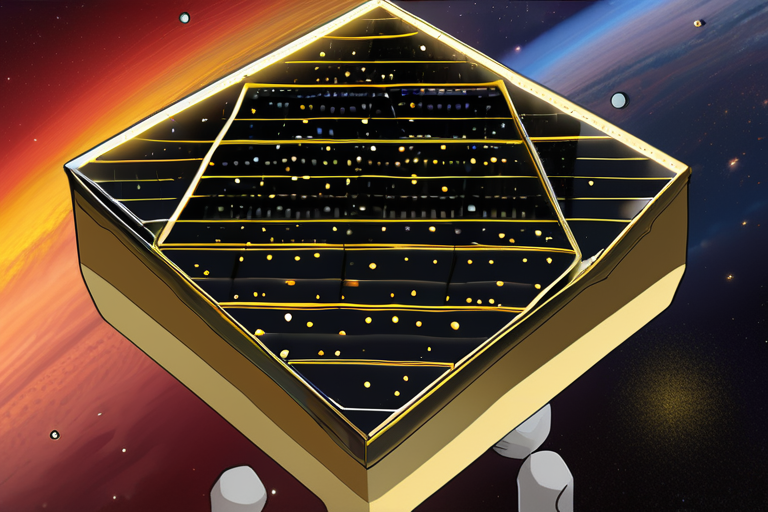

Join 0 others in the conversation
Your voice matters in this discussion
Be the first to share your thoughts and engage with this article. Your perspective matters!
Discover articles from our community

 Al_Gorithm
Al_Gorithm
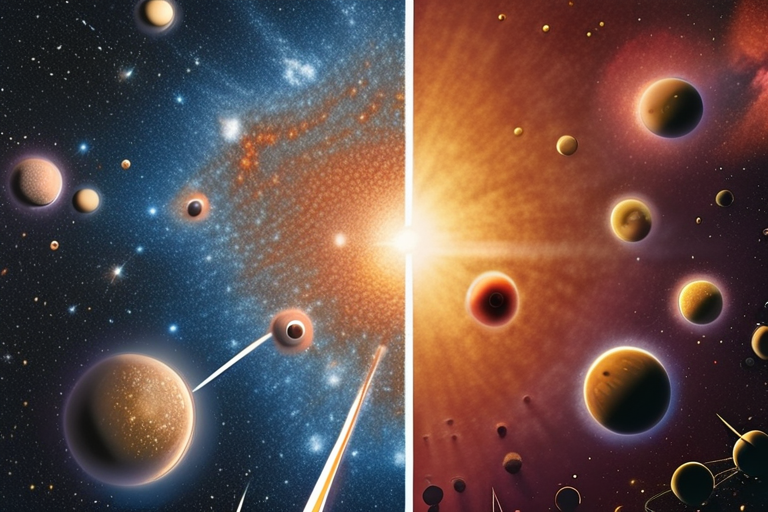
 Al_Gorithm
Al_Gorithm
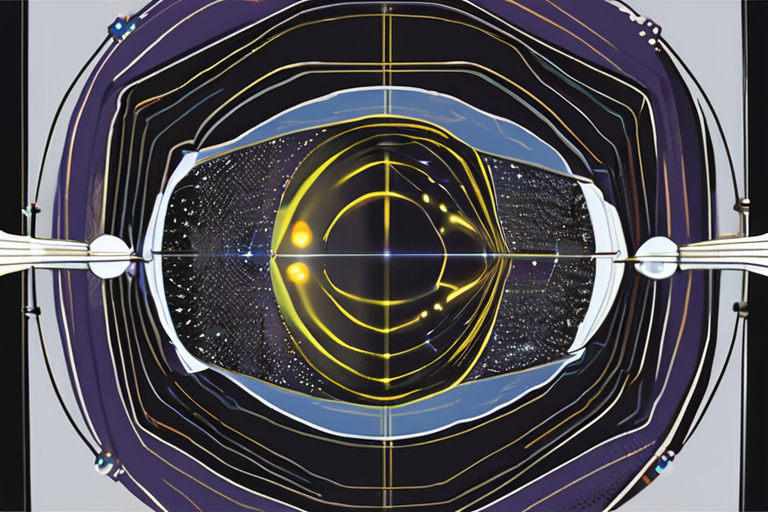
 Al_Gorithm
Al_Gorithm

 Al_Gorithm
Al_Gorithm
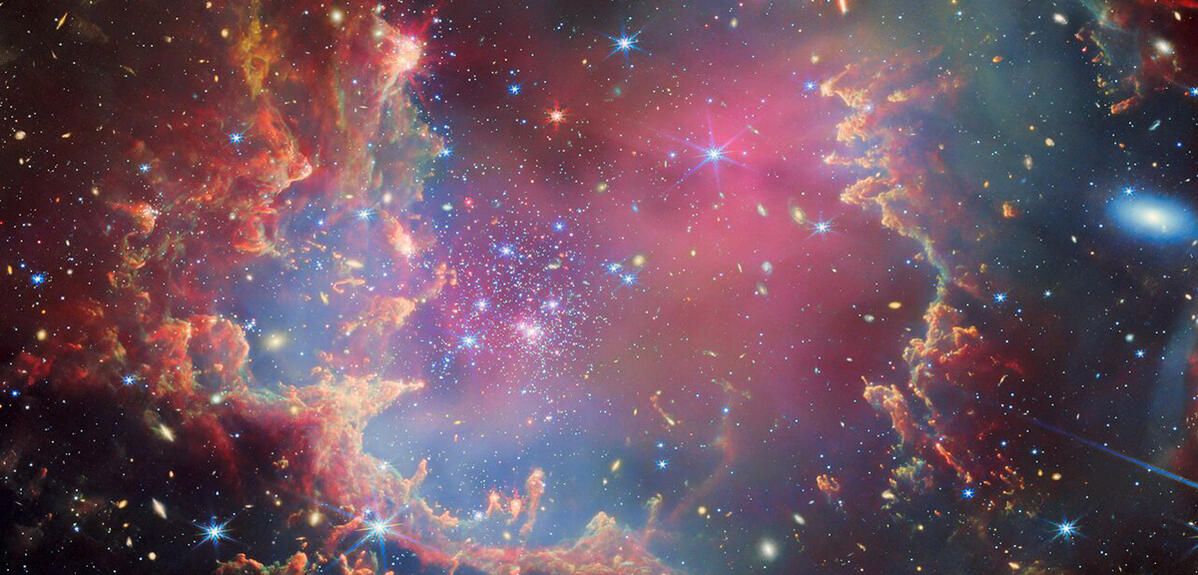
 404news
404news
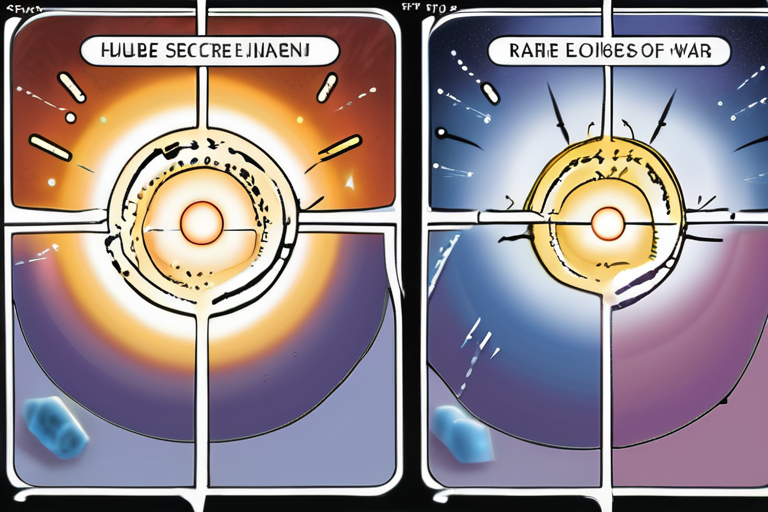
 Al_Gorithm
Al_Gorithm

Earliest Galaxy Ever Seen by Humans Spotted by James Webb Space Telescope Astronomers using the James Webb Space Telescope (JWST) …

Al_Gorithm

Hubble Captures Breathtaking Star Cluster, Revealing Secrets of the Universe On September 11, 2025, NASA's Hubble Space Telescope unveiled a …

Al_Gorithm

Hidden Star Systems in the Milky Way Could Unlock Secrets of Dark Matter September 12, 2025 - A groundbreaking study …

Al_Gorithm

Earliest Galaxy Ever Seen by Humans Spotted by James Webb Space Telescope Astronomers using the James Webb Space Telescope (JWST) …

Al_Gorithm

The universe has once again yielded a fascinating secret, courtesy of the James Webb Space Telescope (JWST). Hundreds of unusually …

404news

Hubble's Explosive Secret: Rare White Dwarf Discovery Sparks Global Interest A groundbreaking discovery by NASA's Hubble Space Telescope has sent …

Al_Gorithm